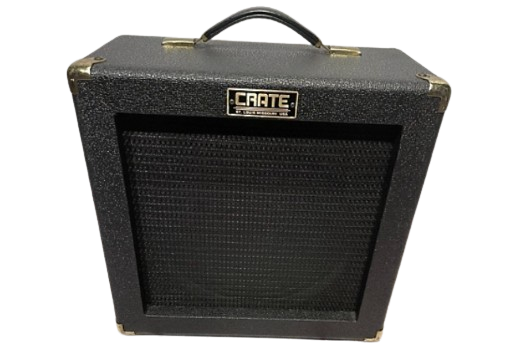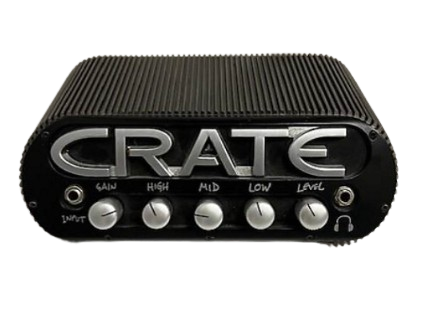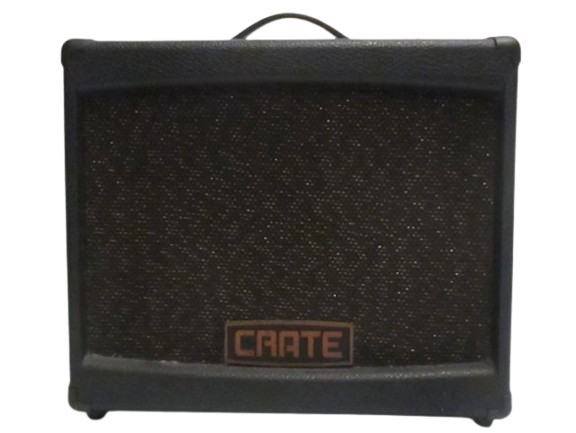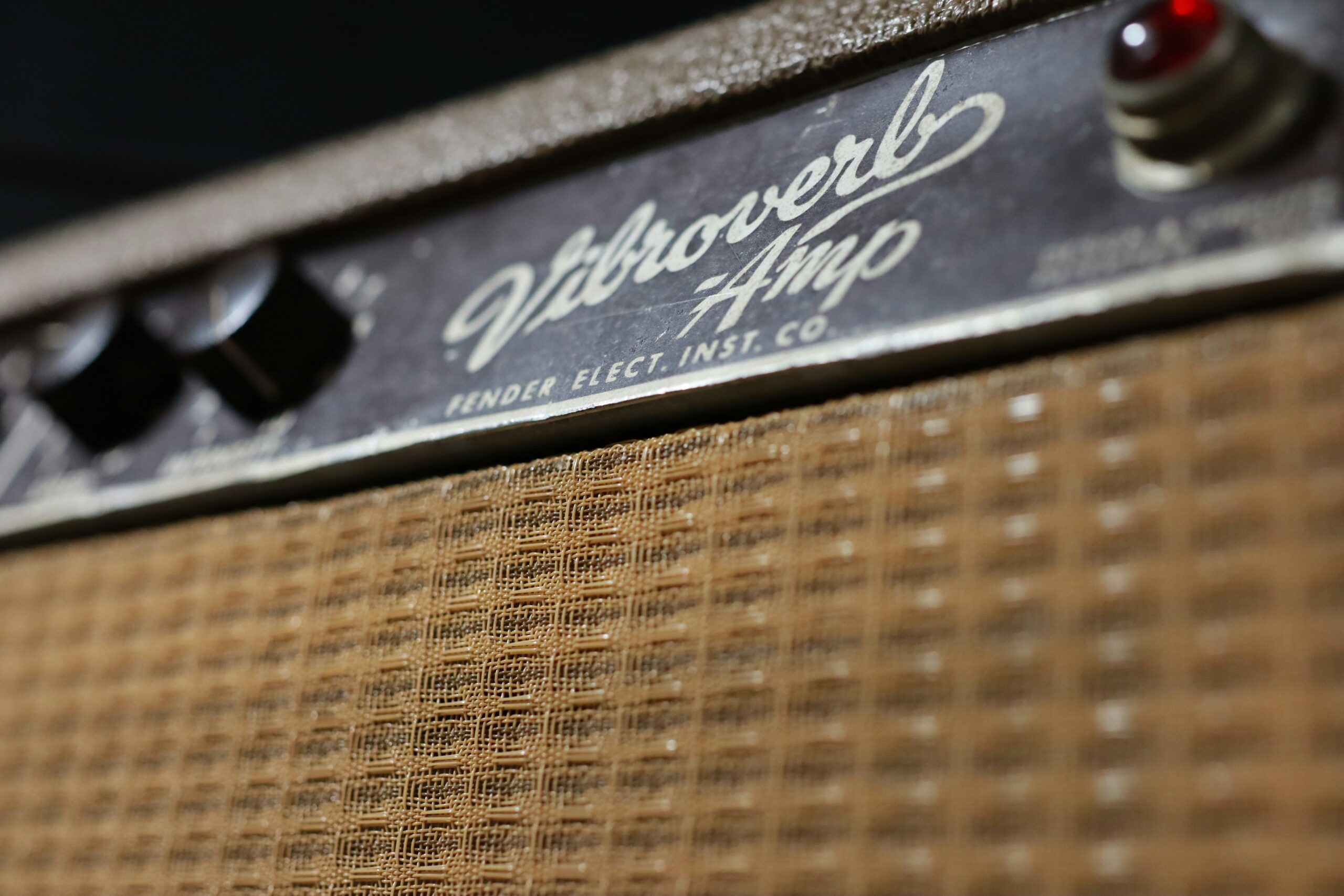Best Sellers

Crate Palomino Tube Guitar Combo Amp
Vintage-style tube amp with warm, expressive tones and creamy overdrive, perfect for blues and classic rock.

Crate RFX120 Guitar Combo Amp
Powerful solid-state combo with built-in effects, delivering bold tone and reliability for gigging musicians.

Crate VINTAGE Tube Guitar Combo Amp
Compact tube amp offering classic analog sound with retro design, ideal for home practice or studio use.

Crate Powerblock Solid State Guitar Amp Head
Ultra-portable amp head with punchy clean tones and EQ controls, great for modern players on the go.

Crate DXB112 Guitar Combo Amp
Simple and durable combo amp with deep lows and smooth highs, built for everyday practice and small venues.

Crate 60D Acoustic Guitar Combo Amp
Acoustic-focused combo amp with EQ and effects, delivering crisp, natural sound for acoustic instruments and vocals.
Get the Inside Track
Fresh gear news, artist stories, and sound tips hit the inbox every month.
Categories
Musicians Trust Their Sound to Crate
“Bought a used Crate head from the ’90s and it’s built like a tank. The gain structure is perfect for doom metal – thick, saturated, but still articulate enough to hear every note in drop tunings.”
Jordan P.
“Finally found an amp that doesn’t need a dozen pedals to sound good. The built-in reverb on my Crate combo is lush, and the clean channel takes my Strat to that perfect edge-of-breakup sweet spot.”
Marcus T.
You Might Also Need

Footswitches

Covers & Cases

Power Supplies
Common Questions
For home practice, a 10-20 watt amp provides plenty of volume without disturbing neighbors. These smaller models still deliver great tone at bedroom-friendly levels. Many include headphone outputs for silent practice sessions.
Tube amplifiers use vacuum tubes to produce a warmer, more dynamic sound that naturally compresses when driven hard. Solid-state amps use transistors, offering more reliability, less maintenance, and often cleaner tones at higher volumes. Both have their place depending on playing style and needs.
Gain controls how much the input signal is amplified in the preamp stage, affecting tone and distortion levels. Volume controls the overall output level going to the speakers. High gain with low volume gives distorted tones at manageable volumes, while low gain with high volume stays cleaner but louder.
A humming sound usually comes from a few common sources: a bad cable, improper grounding, or interference from nearby electronics. Try using a different cable first, then check that the amp is plugged into a properly grounded outlet. Moving phones and other devices away from the amp often helps too.
While guitar amps can technically amplify bass frequencies, they’re not designed for it. Bass guitars produce much lower frequencies that can damage guitar amp speakers over time. It’s best to use equipment designed specifically for each instrument.
Most solid-state amps need minimal maintenance beyond occasional cleaning. Tube amps benefit from annual check-ups, with power tubes typically lasting 1-2 years of regular use and preamp tubes lasting 3-5 years. Any unusual noises, loss of volume, or other changes warrant professional inspection.


